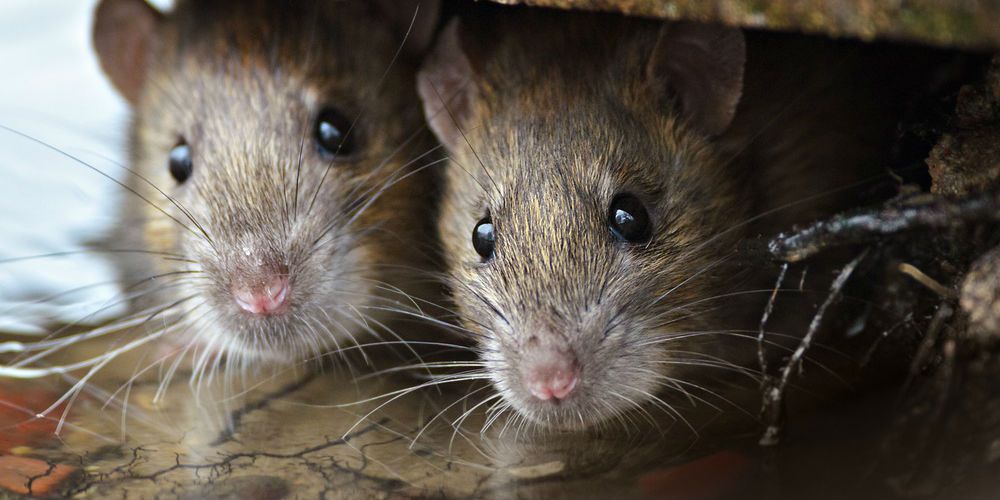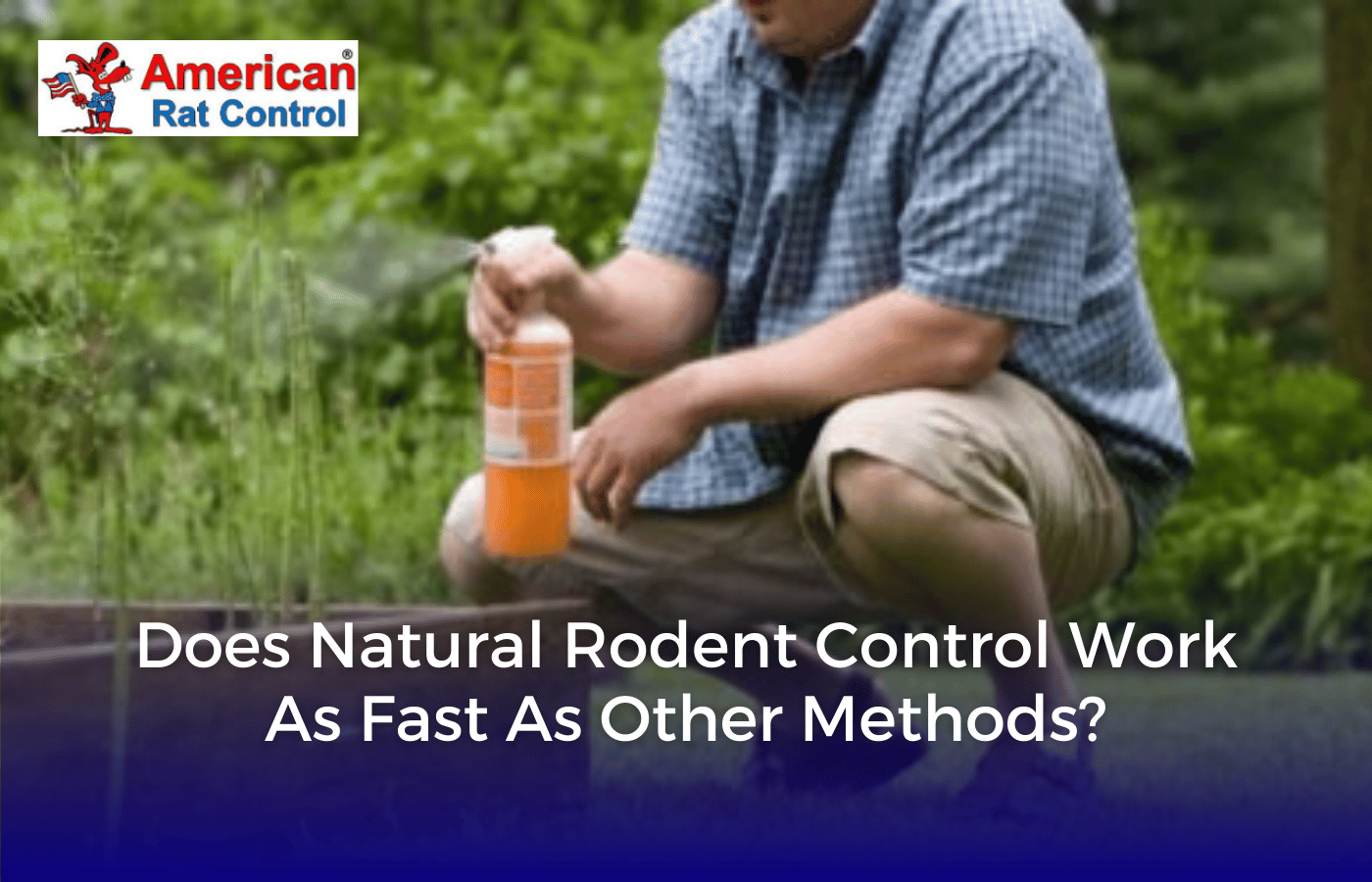Peanut butter and jelly. Dogs and bones. Cheese for rats and mice. Some pairs are tied so firmly together in our collective imaginations that it’s hard to picture a world where they don’t fit hand in hand. But when it comes to rats, mice, and cheese, a match made in heaven (or at least the kitchen) is actually a myth made in misunderstanding.
Now, when you think about rats, you’re probably more worried about effective ways to rat-proof your home or business than their dietary habits, but today we’d like to take a look at one of the most prevalent misconceptions about these tiny and tenacious terrors, and why you need to protect more than just the parmesan in your pantry if you’re keen to keep rats and mice at bay.
The Origins of “Cheese-Crazy” Rats and Mice
During the Middle Ages, when this particular myth first rose to prominence, many foods mice and rats would prefer were kept out of reach via hanging and curing (meats) or storage in jars (grains). Cheeses, however, were easy pickings, since they were often stored out of sight and allowed to mature in cupboards or sheds or caves while aging, and simply left out when ripe. Consequently, when a rat was discovered, it was usually found nibbling on the family’s cheese supply.
Over time, a quirk of supply and demand for the rodents became an ironclad association for humans, and by the modern age, the trope of cheese-loving rodents was well-established in folklore and entertainment such as Tom and Jerry cartoons.
Unfortunately for fans of “cheesy” cartoon storylines, scientists conducting a 2006 study at the University of Manchester found that rats and mice are actually more likely to turn their noses up at cheese than other available foods since many cheeses have a strong smell that rodents find off-putting. In fact, the rat wranglers at Rat Central recommend those who are keeping rats as pets (rather than struggling with them with pests) limit both the variety and quantity of cheese ingested since many cheeses can actually be harmful to the little critters.
Interestingly, one taste sensation that’s loved by almost all rodents is peanut butter; it’s one of the most commonly recommended trap baits for rats since it is both mouth-watering to the rats and sufficiently sticky to encourage the animals to stay in the trap area longer.
Protecting Food from Mice and Rats in the Modern Age
Today, food storage is more advanced, and the range of tempting treats available to potential pests is much larger. Given their druthers, rats and mice will generally go for sweets and grains (just like the many humans!) or, depending on the species, meat. Rats and mice are opportunistic foragers, which means that most things that will readily supply nutrition will meet their not-so-exacting standards, including their own tails and even each other if things get too desperate. So for modern folks, the best advice is to make sure to clean up food waste as soon as you can and to keep all of your food stored securely in containers that keep rodents (and other pests) out and freshness in. The Center for Disease Control also recommends you keep pet food sealed tightly, and make sure your trash cans and recycle bins are free from holes and have secure lids to reduce the chance of sneaky snackers in the form of invading rats and mice.
Ultimately, whether you’re planning on a little DIY trapping or looking to deal with a potential infestation by furry freeloaders, the best defense comes from calling on a professional. A thorough examination and consultation with experts will help you identify the type of rodents you’re dealing with, the best way to remove them, and (most importantly) create a plan to keep them from coming back.








